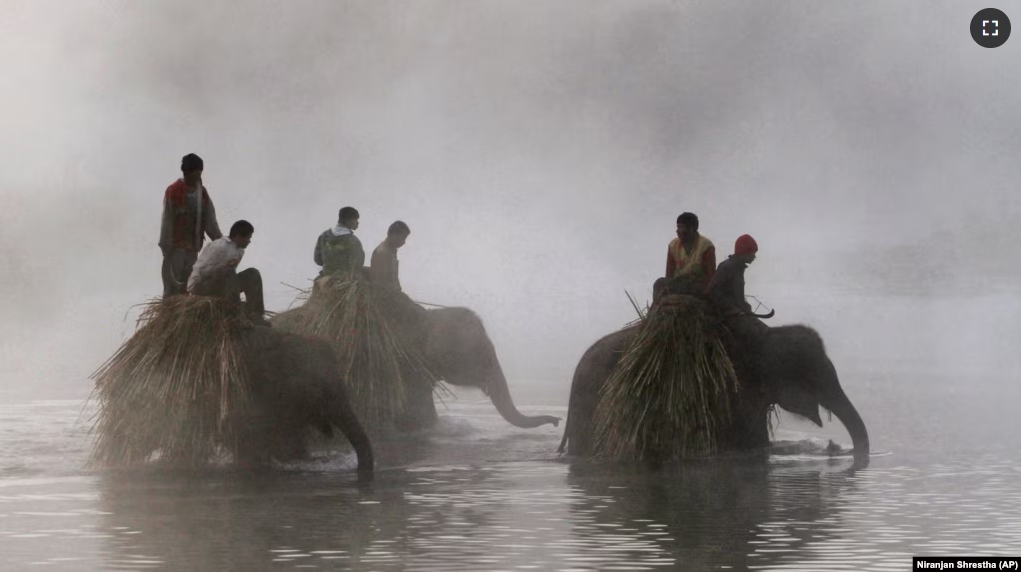Nepal’s Supreme Court has struck down disputed laws that permit waterpower centers, visitor housing such as hotels, and other business development in protected natural areas. Environmental defenders say the January 15 ruling is a victory for efforts to protect the country’s natural areas.
Nepal has recognized one fifth of its territory as protected natural areas. The country has 12 national parks and six conservation areas. They include lowland areas such as Chitwan National Park. The park is home to many wild animals such as tigers and rhinos. Other protected areas include Sagarmatha National Park, home to Mount Everest.

Waterpower, or hydropower, and tourism represent major economic sources for Nepal. Last year, its government passed laws to permit development of large projects in some parts of national parks, forests and other protected areas.
Padam Bahadur Shrestha is a Nepalese environmental activist who took legal action against the laws. He told Agence France Press that the laws’ passage showed that the government lacked insight and was only seeking to please business investors.
Shrestha praised the Supreme Court’s ruling, saying it “preserves ecology and biodiversity.”
Nepal is recognized worldwide for its actions to protect its wild animal and plant life.
Nepal’s environmental protection laws have helped the local tiger population increase from 121 animals in 2010 to 355 in 2023. And while only about 100 one-horned rhinos were living in Nepal in the 1960s, their number increased to 752 in 2021.

Nepal also increased its tree cover by almost 100 percent between 1992 and 2016. Wood industry activities, or logging, had deforested many areas of the country for tens of years earlier.
Rampreet Yadav is a former conservation officer of Chitwan National Park, Nepal’s largest protected area. He said the recent laws “should never have been passed.”
“If development projects are allowed in protected areas, they will destroy our nature and animal habitats,” he added.
The Nepalese government wants to develop its hydropower industry, especially along rivers in the Himalayan mountains. Last October, it signed agreements with India and Bangladesh to export thousands of megawatts of hydropower.
Nepal also earns much money from tourism. Last year, around one million foreign visitors came to Nepal, and the government has been spending money on the development of its airports.
I’m Andrew Smith.
Andrew Smith adapted this story based on reporting from Agence France Press.
___________________________________________
Words in This Story
tourism – n. the practice of traveling for recreation
insight – n. the power or act of seeing into or understanding a situation
preserve – v. to keep safe from injury, harm, or destruction
biodiversity – n. biological variety in an environment as indicated by numbers of different species of plants and animals conservation – n. planned management of a natural resource to prevent exploitation, destruction, or neglect
allow – v. to permit; to let
megawatt – n. one million watts
